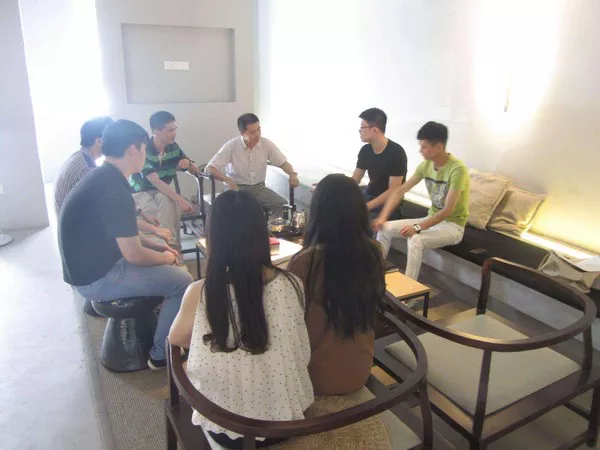Contrasting Access: From Kashmir’s Silent Suffering to Calm Health’s Digital Outreach
In the shadow of geopolitical tension and institutional neglect, Kashmir’s youth are self-medicating to survive a mental health crisis. Meanwhile, tech-powered platforms like Calm Health, emerging from Silicon Valley, are rapidly scaling internationally—offering digital access to psychological care for millions in countries like the UK and Canada.
This stark contrast exposes an uncomfortable truth: mental health access remains unevenly distributed across the globe.
Unequal Systems, Common Needs
In Kashmir, prolonged conflict, underfunded infrastructure, and cultural stigma have driven young people to seek relief through antidepressants, sedatives, and illicit drugs—often without a prescription or medical guidance. For many, faith healers are more accessible than psychiatrists. According to MSF’s 2015 survey, nearly 45% of Kashmir’s adult population lives with mental distress, with PTSD and depression prevalent. Yet, the region still has only a handful of psychiatrists for over 12 million people.
By contrast, Calm Health has expanded its reach from the U.S. to Canada and the UK—partnering with global insurers like UnitedHealthcare to deliver mental health screenings and therapy-based modules via apps. Leveraging CBT, DBT, and ACT, the platform increases early intervention among populations with employer-sponsored care, all with the swipe of a screen.
Technology vs. Terrain
Calm’s CEO David Ko asserts the company’s mission is to “scale what works”—referring to app-based therapy that meets users through employer and health plan touchpoints. But in conflict-ridden, digitally underserved regions like Kashmir, the Calm Health model is currently a distant dream.
Instead, experts like Dr. Sameena Qadri advocate for grassroots interventions such as community health volunteers, mobile clinics, and school-based therapy—solutions that mirror India’s successful Atmiyata program in Gujarat. These community-driven models could serve as a culturally adapted bridge until digital interventions become viable.
What Needs to Change
The global push toward mental health equity—reflected in initiatives like the upcoming UN High-Level Meeting on Mental Health and NCDs—must not only aim to increase access to essential medications but also ensure that localized care models reach underserved regions. Telepsychiatry, mobile counselling units, and culturally tailored community support systems are not luxuries in Kashmir; they are necessities.
Meanwhile, as Calm Health extends its digital care footprint, there lies potential in adapting such platforms for low-connectivity, low-literacy environments—potentially using offline modules, vernacular languages, and peer-support interfaces.
Conclusion: A Call for Convergence
Calm Health’s expansion and Kashmir’s crisis reflect two ends of the mental health spectrum: digital abundance vs. structural scarcity. As Dr. Qadri said, “Mental health is not a luxury. It’s dignity.” Whether through smartphone apps or rural volunteers, the global mental health movement must ensure no one—regardless of zip code or political status—is left behind.
Related topics:
















